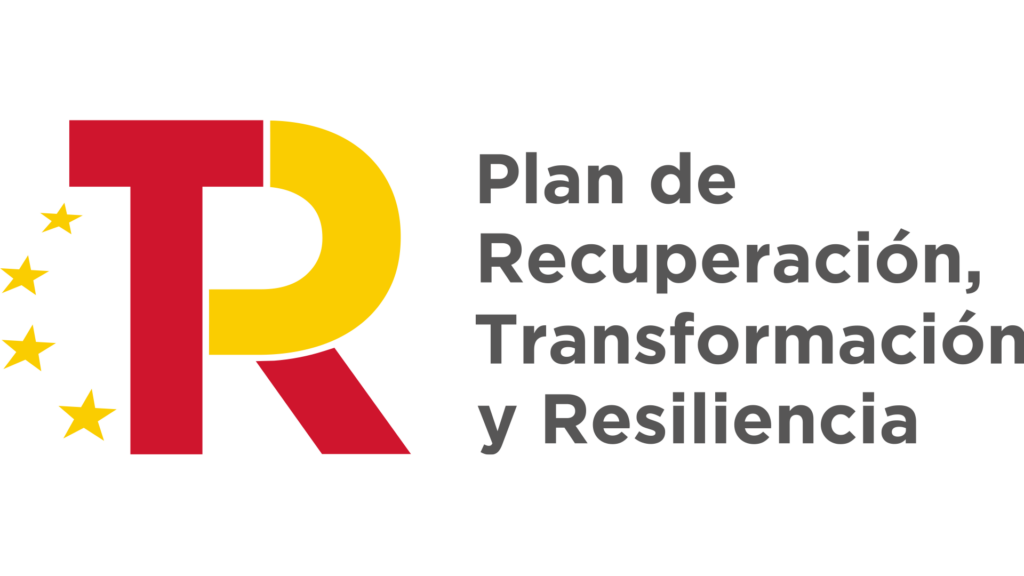Summer work in vineyard and olive grove
Hello everyone again! On this occasion I return to agricultural practices to talk about the work that I recommend doing in the fields in summer. The crops I mainly work with are vineyards and olive groves, and I am going to refer to them in this post.
A little bit of history never hurts and I tell you that when I was younger I remember that it was a good farmer to do deep work on the land, around approximately 20 cm, if you didn’t seem to even understand the field. This has been proven over the years that it is not advisable to apply it to either the vineyard or the olive grove, why? Because as we all understand it is convenient to air the roots from time to time, but for some time now, with the entry of machinery into the fields, little by little all the fences, padrons, paths have disappeared… Wow, all the limitations which caused the water to retain and lose strength on the slopes. What has caused this? The erosion of the field, that all the fertile land that is removed with the work, the water takes away because it does not have any type of retention to hold it. When people realized it, a lot of fertile land had already been lost in sloping places, and lately they have chosen to create artificial obstacles such as small pools or dams to slow down the speed of the water in its descent, but what about the work? The tasks that I recommend, which I see increasingly widespread and that I apply to my crops, are just enough so that the sun does not radically affect the soil in these summer months and prevent the appearance of bad weeds.


In the olive grove that I have on a slope, as I said before, I have created a series of dams so that the water when descending does not take away all the earth, with this I am managing to create small walls or patterns that are giving me very good results. The work that I do now in summer is solely and exclusively to create a small layer of dust on the surface that prevents the sun from penetrating through the small cracks that form when it rains and the land is not tilled.
The implement that I use is the one that I like the most of all the ones I have, here it is called “rastrón”, I like it because it is very difficult for it to break and because despite its simplicity, the land looks great after tilling with it, It only lifts a small amount of soil (all depending on the work you have done during the winter) and leaves it very fine thanks to the horizontal plate that it has just behind the spikes that destroys the small clods you have.
In the vineyards that I have on a slope I try to remove as little soil as possible, because it is quite annoying to have to make small dikes in the middle of the streets, but on some occasions there has been no choice but to do so. The implement that I use now in summer is called a blade, this one is much older than the previous one, I have known it since I was very little and my father has also used it since he was young. Like the rastron, it is a very simple implement, its name says it all, it is an iron sheet approximately the width of the vineyard street, the sheet has a width of 10 cm x approximately 1.5 cm high. Although the previous implement creates more dust because there is more contact with the ground (being the larger implement), with this one it is not bad at all, it also cuts all the weeds that appear now in the summer, such as bindweed, grass, etc… and of course others that were there before.

Anyway, I hope this post has been helpful to you, and what tasks do you use?
Bodegas La Aurora S.C.A.
Avda. de Europa, 7 Montilla Córdoba 14550
Tél: 957 650 362
Tél: 957 654 642
Email: administracion@bodegaslaaurora.com
Store Hours
- Monday - Friday:
- 9:00 - 20:00
- Saturday:
- 9:00 - 14:00
Office Hours
- Monday - Friday:
- 7:00 - 15:00
- Saturday:
- Cerrado





